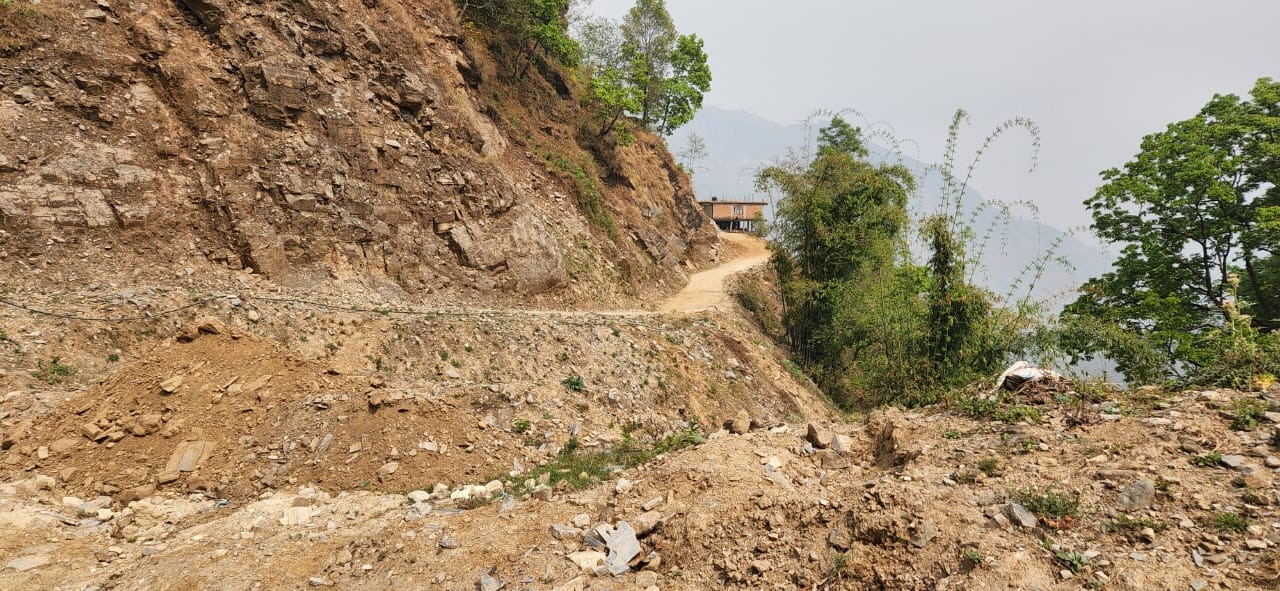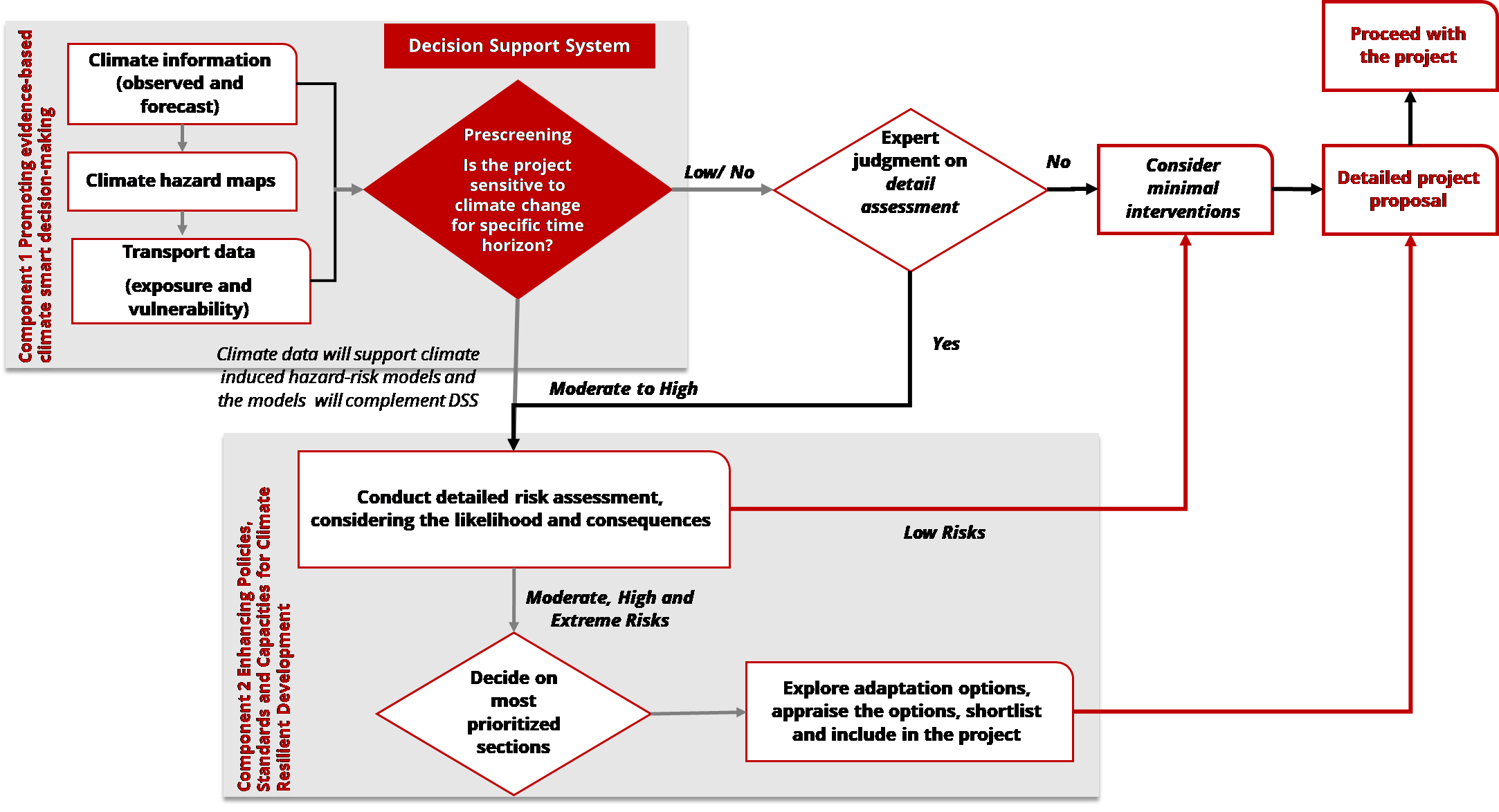Read Time:4 Minute, 17 Second
 A road section in Nepal left untreated due to insufficient risk-based planning (Photo by Nurul Alam)
A road section in Nepal left untreated due to insufficient risk-based planning (Photo by Nurul Alam)
A blueprint for climate resilient roads
If climate considerations are not incorporated into the planning stage, then it is unlikely that they will be adopted later.
How authorities should start:
 Strategic framework for resilient road development planning (Figure by ADPC).
Strategic framework for resilient road development planning (Figure by ADPC).

The writer is Resilient Infrastructure Specialist at ADPC and can be reached at: nurul.alam@adpc.net
